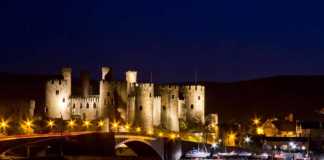At a wedding in Seoul, I watched a young Korean couple exchange vows in a traditional Korean wedding ceremony. The groom presented a wooden wild goose, or kireogi, to the bride’s mother as a token of lifelong fidelity. He looked regal in his tall samo cap. His deep purple traditional Korean hanbok bore the insignia of a pair of wild geese, a symbol of fidelity and harmony.
The rituals of this ancient ceremony performed in today’s modern Korea would not have had the same meaning without the rich, brightly coloured Korean wedding dress worn by the bride, groom and other family members.
Contents
Korean hanbok
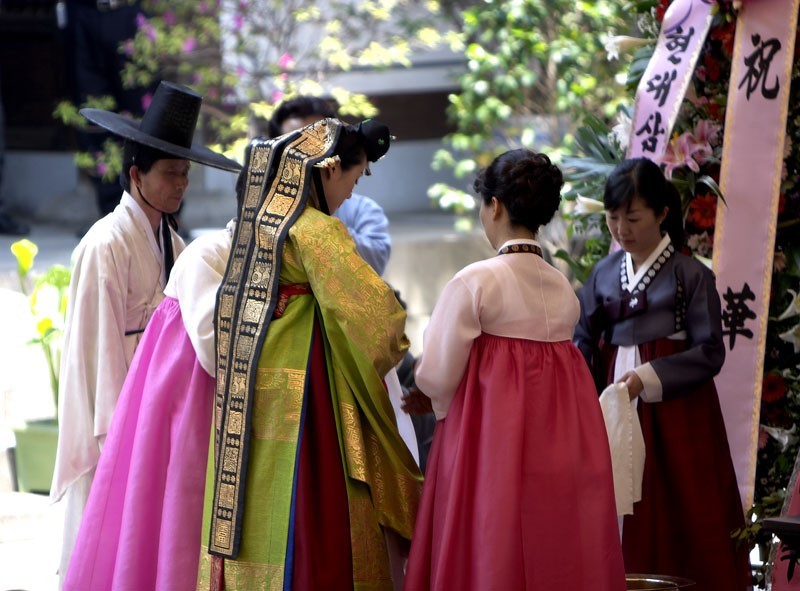
Before Western clothing arrived in Korea, around one hundred years ago, the Korean hanbok was the common everyday attire.
Men wore jeogori (jackets) with baji (trousers) while women wore jeogori with chima (skirts).
Abbreviated from the phrase han-guk boksik, which means Korean attire, hanbok is the term used for Korean traditional dress.
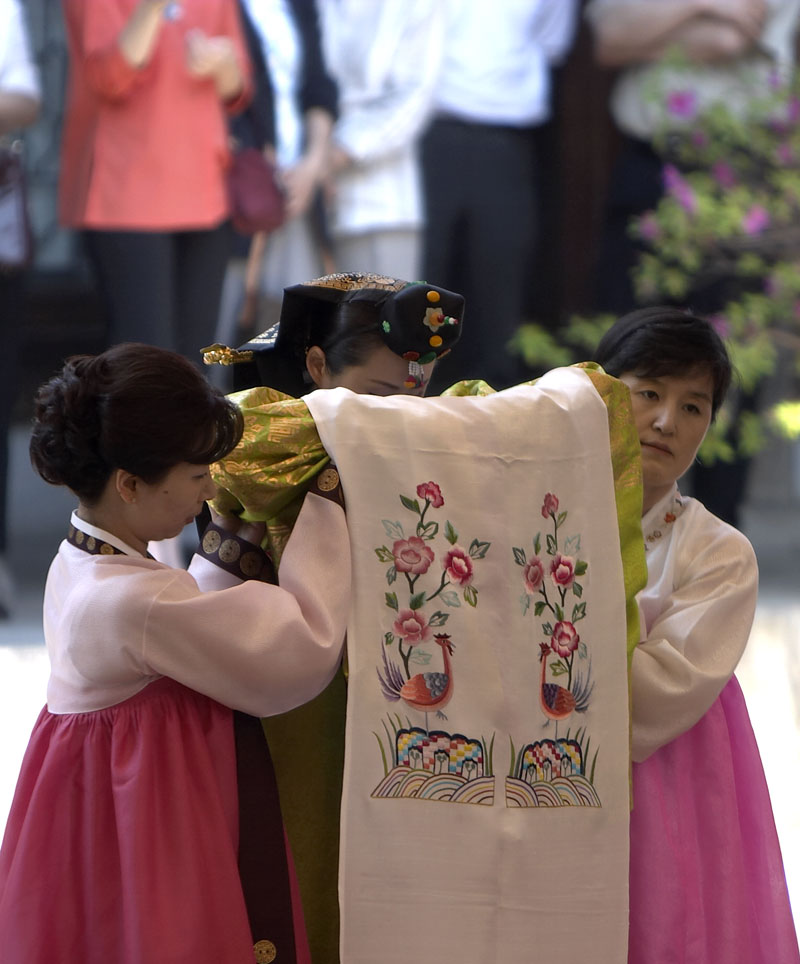
Since the 1960s, the Korean traditional dress has slowly begun to disappear.
However, a wedding is one of the rare occasions where the younger generation will willingly exchange their western clothing for the Korean hanbok.
Other such occasions would be 61st birthdays, first birthdays and funerals.
For more things to see in South Korea read:
- 20 Famous Landmarks in South Korea
- 20 Things To Do In South Korea
- 20 Best Beaches In South Korea
- 35 Things To Do in Seoul
- 20 Seoul Day Trips
- 20 Things To Do In Jeju Island
- 10 Things To Do In Gyeongju
- Andong Mask Dance Festival
- Jirisan National Park
- Korean Temple Stay Experience
- Seoul At Night
- 20 South Korean Cities
- Winter In Korea – 20 Things To Do
Hanbok For Festivals and Events
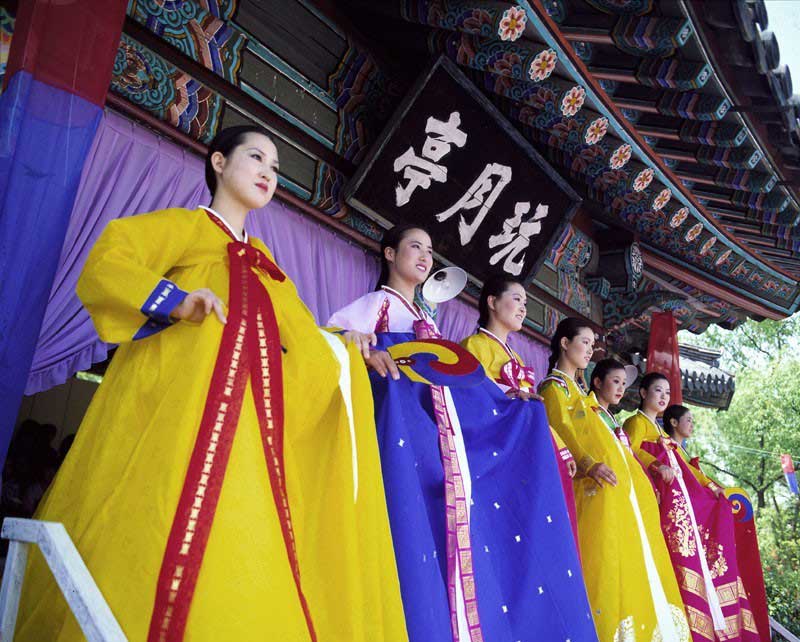
Fortunately for visitors wanting to witness a dazzling display of colours and fabrics, the Korean government has been encouraging Koreans to wear the Korean hanbok during cultural events such as folk festivals, historical dramas and royal re-enactments.
The history of the hanbok dates back to the Three Kingdoms 57 BC to AD668.
Wall paintings in the Goguryeo tombs feature men and women dressed in garments inspired by a horse-riding nomadic lifestyle and harsh northern climate.
They wore hip-length jackets with trousers or skirts, robes with collars, and cuffs trimmed in different colours.
Silla Dynasty influence on the Korean hanbok
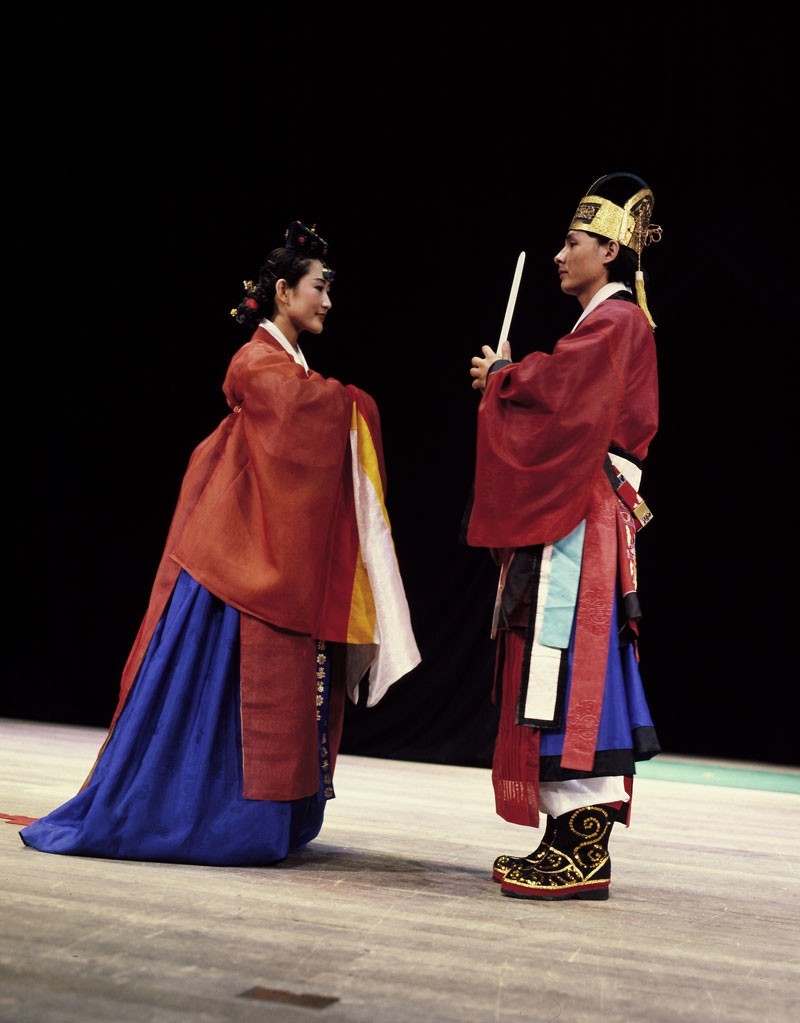
During the Silla Dynasty, the royals and officials adopted silk mandarin robes and colourful clothing from neighbouring Tang China, which they wore over their native costume.
A significant development in the hanbok occurred during the Goryeo Dynasty (918 to 1392), when the chima was hiked up above the waist and tied at the chest with a long ribbon.
This has remained the fashion ever since. The jeogori was shortened and its sleeves were curved.
That was the era when women started to wear their hair in plaits on top of their heads and men shaved their heads down to just a small patch of hair.
Joseon Dynasty influence on the Korean hanbok
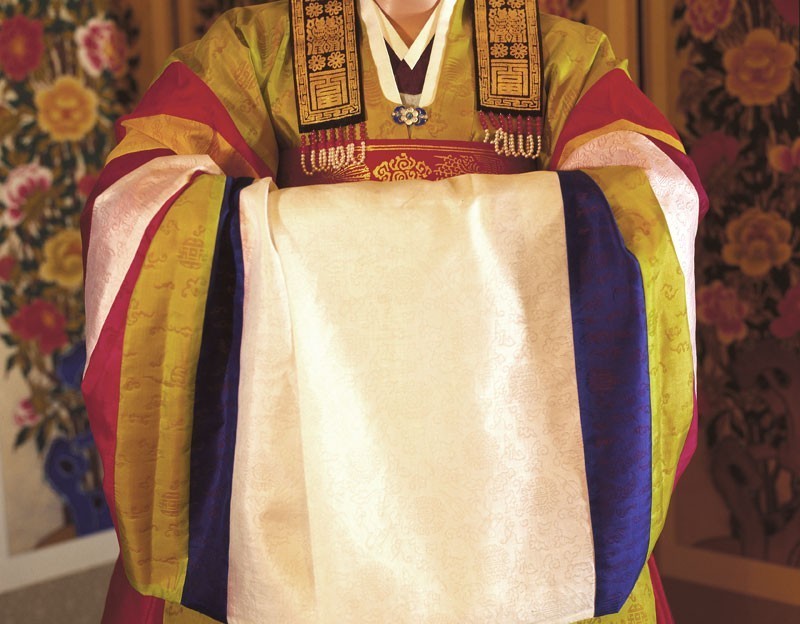
During the Confucian-oriented Joseon Dynasty (1392 to 1910), the aristocratic class of scholars and officials known as Yangban chose to differentiate themselves from the common folk by wearing brightly coloured silk Korean hanbok.
The common folk were forbidden by law, as well as confined by finances from wearing colourful clothing.
Throughout history, the choice of hanbok colours has defined its wearers.
White was the basic colour and most widely used by the common people, symbolizing a pure spirit.
Indigo, the colour of strength was used for the skirts of court ladies and coats for court officials.
Yellow, which represented the centre of the universe, was used for royal garments.
Black, symbolized infinity and the source of all creation and was used for men’s hats.
Red signifies good fortune and is still used in a Korean wedding dress today.
The rare white Korean hanbok
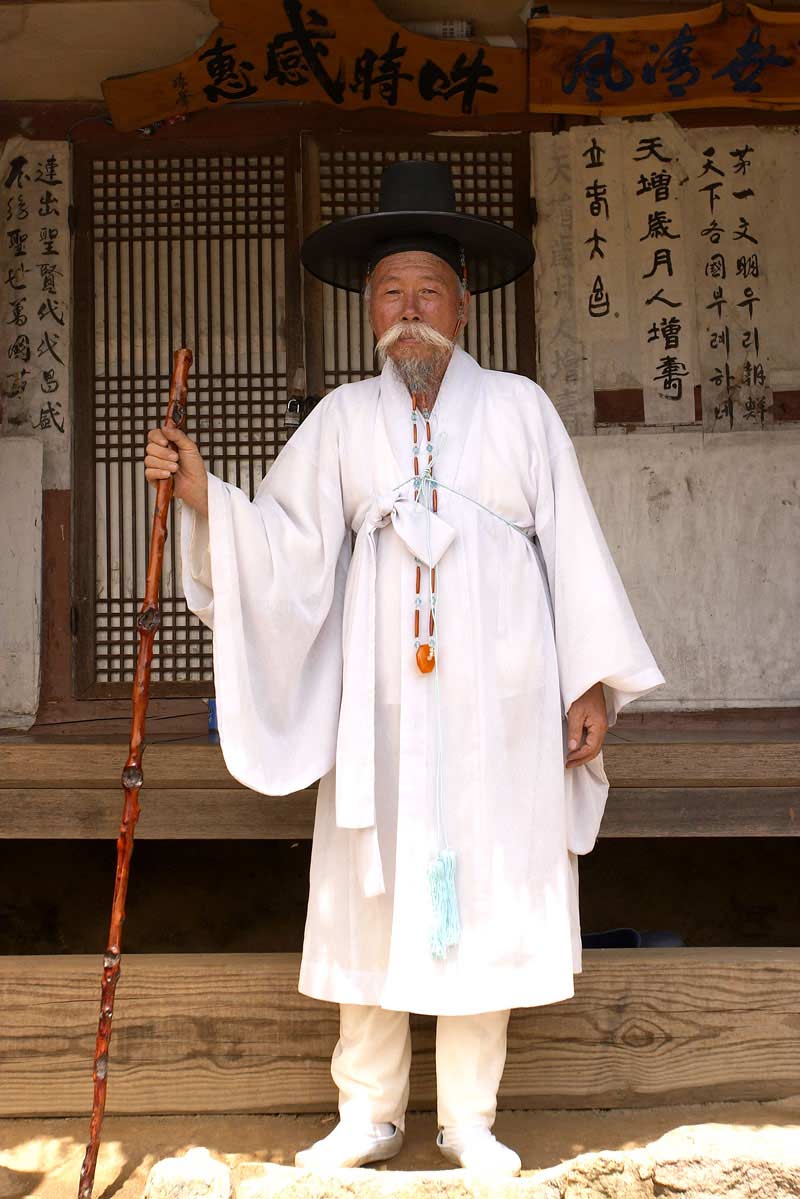
The white common hanbok is almost extinct.
One of the few places left in South Korea where a community of common people live according to the old ways is the Cheonghakdong Village in Jirisan National Park.
Walking into the village is like stepping through a time portal.
The villagers go about their daily chores dressed in the plain white or grey hanbok often found in museums throughout Korea today.
The men still wear their hair long, tucked up under tall black caps.
Korean Hanbok quality
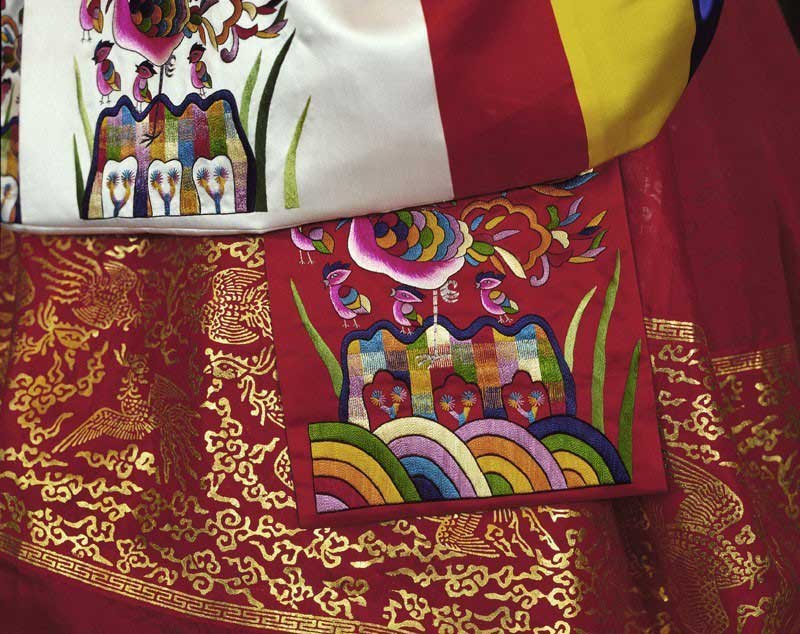
The quality of a hanbok is judged by three things: the quality of the otgoreum or the bow, the curve of the sleeves, and the git – which is the band of fabric that trims the collar and front of the jeogori.
The ends of the git are generally squared off and a removable white collar called the dongjeong is placed over it.
These days, fashion designers in Korea are incorporating the lines and cut of the hanbok to create designs which have a unique Korean flavour.
Boutiques specializing in a new generation of hanbok modified for everyday wear are springing up all around the country.
One of Korea’s leading hanbok designers, Lee young hee, has been showing her hanbok based designs on the catwalks of Paris since 1993.
Hanbok prices start for as little as $400 but a top-quality garment can run into the tens of thousands of dollars.
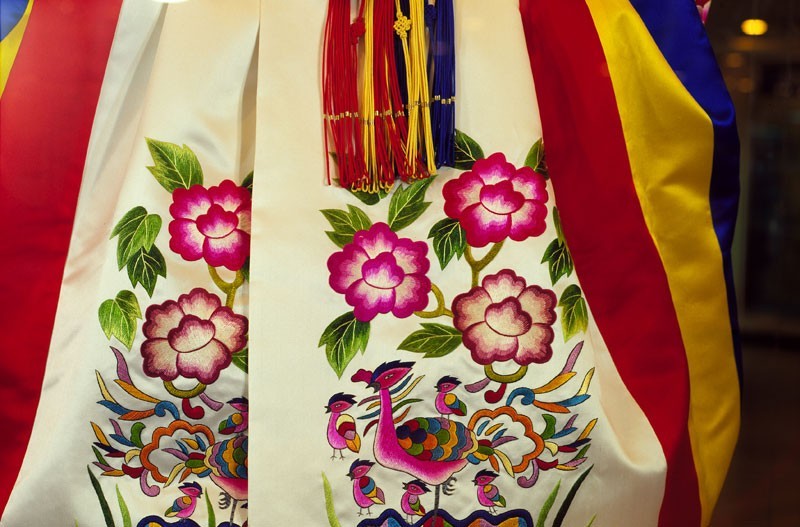
As Korea hurtles into a state of accelerated economic development, the country is passionate about hanging on to its cultural roots.
As an intangible cultural asset that is common to all Koreans, the graceful hanbok will undoubtedly continue to play an important role in the nation’s customs.
Plan Your Trip
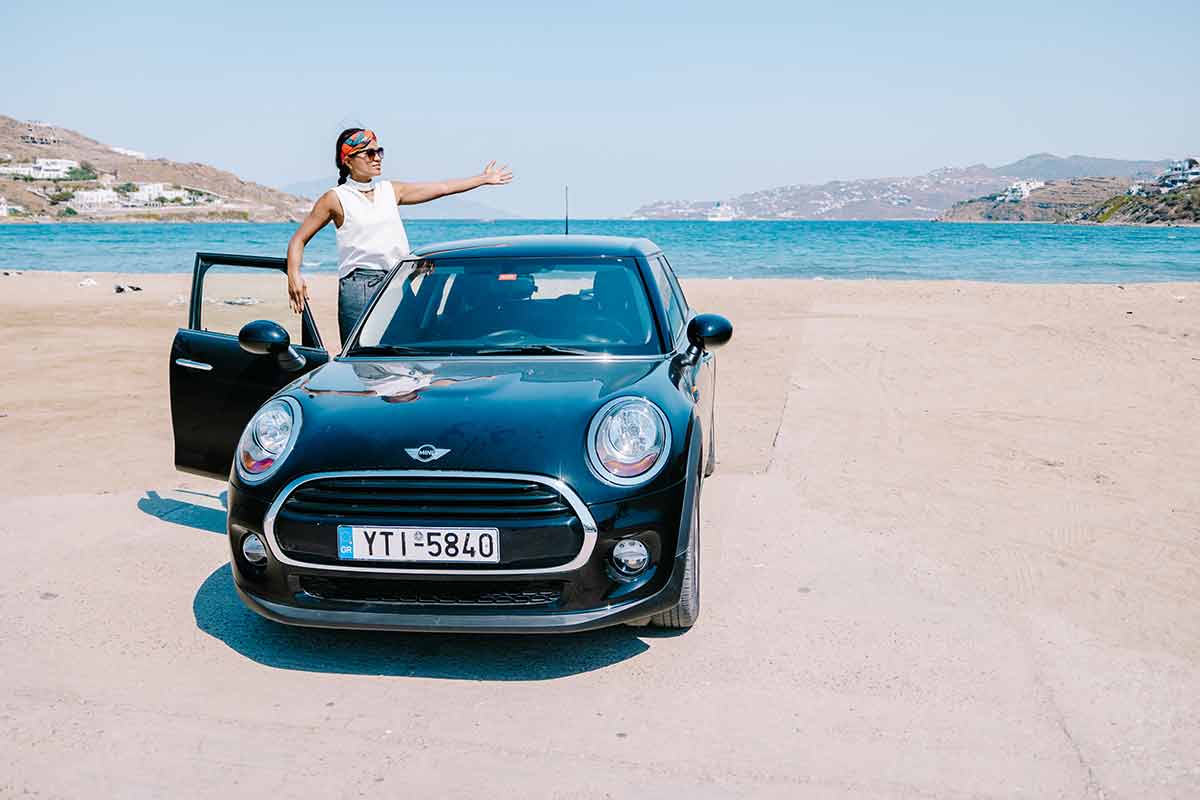
Rent A Car – Find the best car rental rates at Discover Cars. They compare car hire companies to provide you with the best deal right now.
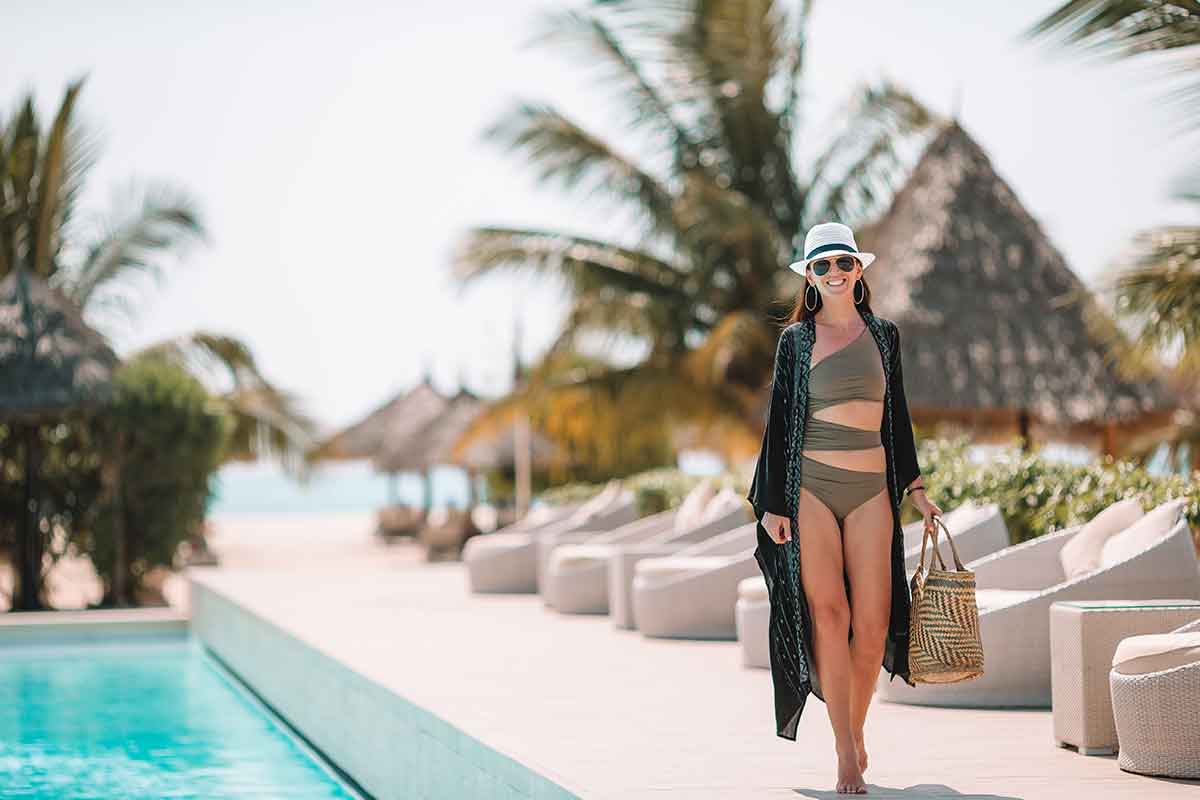
Find A Hotel – If you’re curious about this article and are looking for somewhere to stay, take a look at these amazing hotels.
